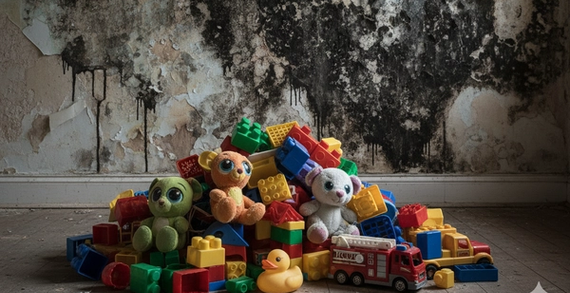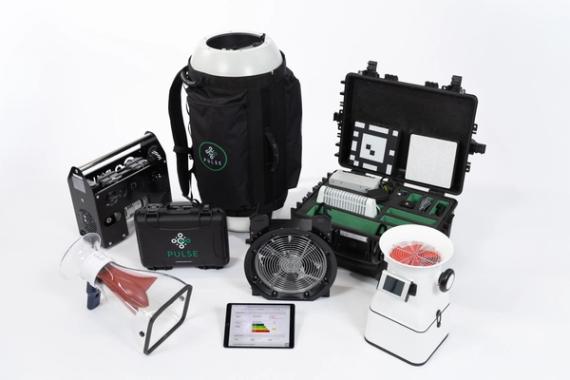Article
What does Awaab’s Law mean for housing providers?
What does Awaab’s Law mean for housing providers, and how does measured building performance support compliance? October 2025 marked an important moment for the housing sector. Awaab’s Law has now come into effect and places clear legal duties on social landlords to identify and resolve issues rapidly. The implications extend beyond compliance; they reinforce that housing quality is a fundamental health and wellbeing issue.

The implications extend beyond compliance; they reinforce that housing quality is a fundamental health and wellbeing issue.
Under the new requirements, landlords must:
- Investigate reports of damp and mould within 14 days
- Begin remediation within 7 days of investigation
- Complete repairs within a reasonable timeframe
- Provide written communication and evidence of action
While the legislation currently applies to social landlords, the direction of policy is clear. The private rented sector will follow. Those preparing now will avoid future disruption.
However, damp and mould often indicate underlying issues such as insufficient ventilation, thermal bridging, insulation gaps or building fabric underperformance. Treating the symptom alone risks recurrence. The solution lies in understanding the root cause.
This is where our customers (energy assessors, retrofit advisors, surveyors, housing consultants and delivery partners) are already playing a vital role. By using measured building performance tools, they help landlords diagnose issues more accurately, prioritise investment and demonstrate results clearly.
Tools such as:
- SmartHTC — Shows how homes perform thermally in real life, using data already available from smart meters and wireless sensors placed in the home for a 3 week window. It also comes complete with Mould Risk Indicator to predict mould hot-spots within the home before it takes hold.
- Pulse — Measures airtightness quickly and non-intrusively to support ventilation strategies.
- Heat3D — Identifies heat loss patterns and cold spots that can increase condensation risk by measuring U-values in under an hour.

These tools support professionals in providing evidence-led advice, enabling landlords to move from short-term fixes to sustainable improvement plans. By taking a whole-house measurement approach, it becomes possible to understand overall building fabric condition and improvement needs.
Supporting Social Landlords: Reliable insight, clear reporting and stronger resident confidence
Housing teams are balancing legal compliance, maintenance pressures and the need to rebuild trust with residents.
Our customers are helping organisations:
- Understand where and why damp and mould are occurring
- Target repairs more effectively
- Validate that interventions have worked
- Explain findings to residents clearly and transparently
This shifts the response from reactive repair to planned, preventative asset management that stops problems reoccurring.
Importantly, it also helps create a culture where residents feel heard, respected and supported.
Private Landlords: Now is the time to prepare
Although Awaab’s Law begins in social housing, the Private Rented Sector Decent Homes Standard is coming, and it is likely to include similar expectations.
Private landlords who act now will be significantly better placed to:
- Manage risk and compliance
- Protect property value
- Avoid repeat repairs and tenant turnover
- Demonstrate responsible ownership
The steps are straightforward:
- Assess current performance, prioritising older or at-risk homes.
- Identify root causes rather than treating symptoms.
- Use targeted retrofit and ventilation measures to resolve issues.
- Keep transparent records showing proactive management.
Those who embed measured performance now will avoid reactive and costly changes later.
Closing Thought
Awaab’s Law signals a shift towards accountability, transparency and building homes that genuinely support health and comfort. Our customers are already leading that shift using measured building performance to help landlords understand, improve and demonstrate building quality.
Together, we can ensure every home is safe, warm and resilient.




